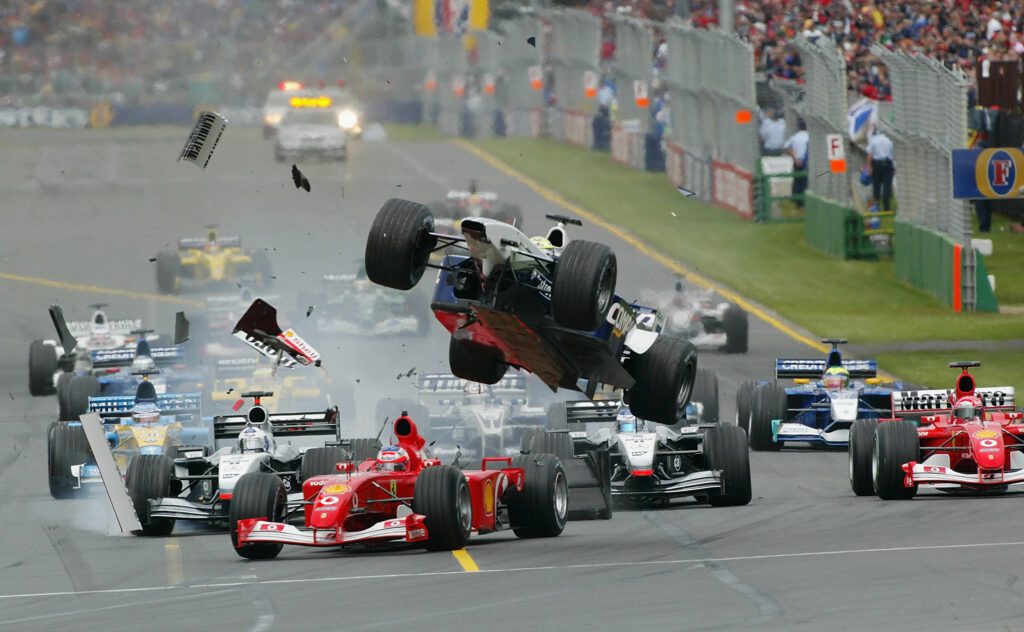Much has been made of Australia’s invention of the ute, which went on to become a pick-up truck and take over the world. The first ute was made by Ford, after they got a letter from
an unnamed farmer’s wife in 1932 asking for “a vehicle to go to church in on a Sunday and which can carry our pigs to market on Mondays”.
While the tale is possibly apocryphal, it would perhaps be the only case, ever, of a random rural resident inventing a whole new type of vehicle. Even if it isn’t true, one thing is: utes have been largely agricultural ever since. Championing function over form – they’re as aerodynamic as Barnaby Joyce – utes spent decades pointedly ignoring mod-cons.
Carmakers argued that tradies didn’t want stuff like aircon or touchscreens, just hard plastic interiors. Until, finally, they relented. And the Toyota HiLux and Ford Ranger, having shot out of the blocks, were never to be headed.
Until now. Because if you’re looking at one of those and not also considering Isuzu’s D-MAX, you’re missing a trick.
Even one iteration ago, the big-selling D-MAX wore its bucolic lack of sophistication as shamelessly as Barnaby. But now, out of left field, the third-generation model arrives as a
properly tough, stylish, technologically festooned contender for Ute of the Year.
It’s still a ute, bouncing about with typical rear leaf-spring suspension that tends to shunt and shuffle a bit over potholes or speed bumps. Only the short-lived and ultimately doomed Mercedes-Benz X-Class has offered multi-link suspension in a ute and look at what happened there.
All D-MAXs are diesel – Isuzu is a diesel specialist; its two-model range (along with the seven-seat Isuzu MU-X – basically a D-MAX with rear seats instead of a tray) is oil-burning only. But that specialisation – with one engine across the range – has produced unmatched reliability. The D-MAX’s 3.5-tonne tow rating is facilitated by a 140kW/450Nm engine that delivers its power via a choice of six-speed manual or six-speed automatic gearbox, and both are good.
It has a nifty dial that allows you to switch between 2WD and 4WD-high range, on the run, in under a second.
The main game here, though, is the interior tech. It doesn’t have full digital instrumentation – instead, there’s a little rectangular screen between the dials – but that screen is useful, offering helpful information as straightforward as a digital speedo and as clever as the current speed limits for the street you’re on (it reads the road signs).
The central screen offers wireless Apple CarPlay connectivity and is fast, bright and high-res. The safety systems, however, are next level.
They include everything from advanced cruise control to rear-traffic alert (it tells you if someone’s approaching from the side when you’re reversing out of a driveway), to clever functions
like automatically dipping your high beams when another car is coming.
It took a long time for utes to be granted access to the sort of tech that other vehicles took for granted. Now ‘near car level’ functionality is offered almost across the spectrum. With
HiLux and Ranger ahead of the sales pack, the D-MAX’s arrival at the parents’ table is a refreshing challenge to the Ford vs Toyota status quo.
And its pricing is pretty tempting, too, with the D-Max SX single-cab 4×2 manual starting at just $29,990 drive-away. That’s a lot of ute for the money (although you can spend right up to $60K on some variants, if you prefer your pizzas with the lot).
It might not spend a lot of weekdays hauling porkers to the stockyards – or many of its Sundays in the church carpark. But the D-MAX definitely brings home
the bacon. Hallelujah to that.






















